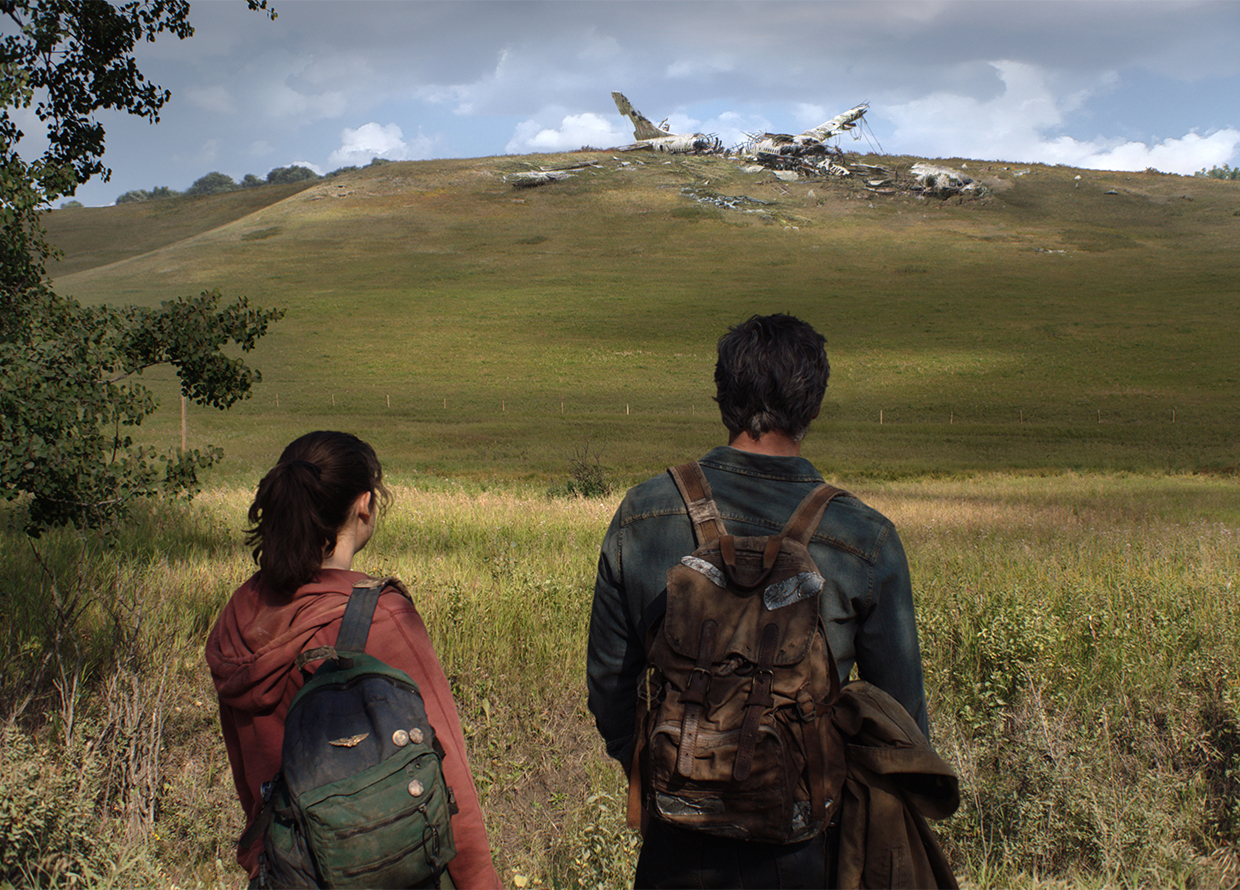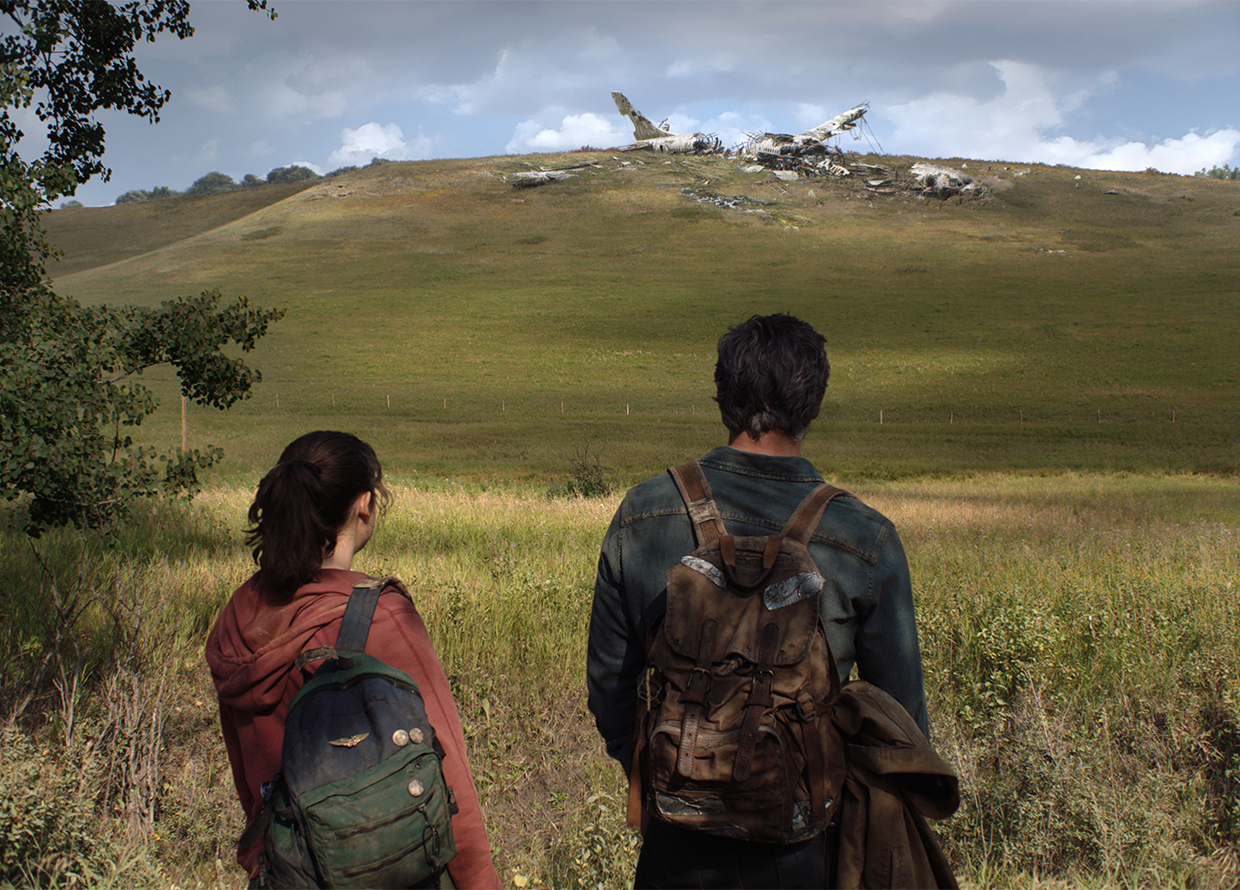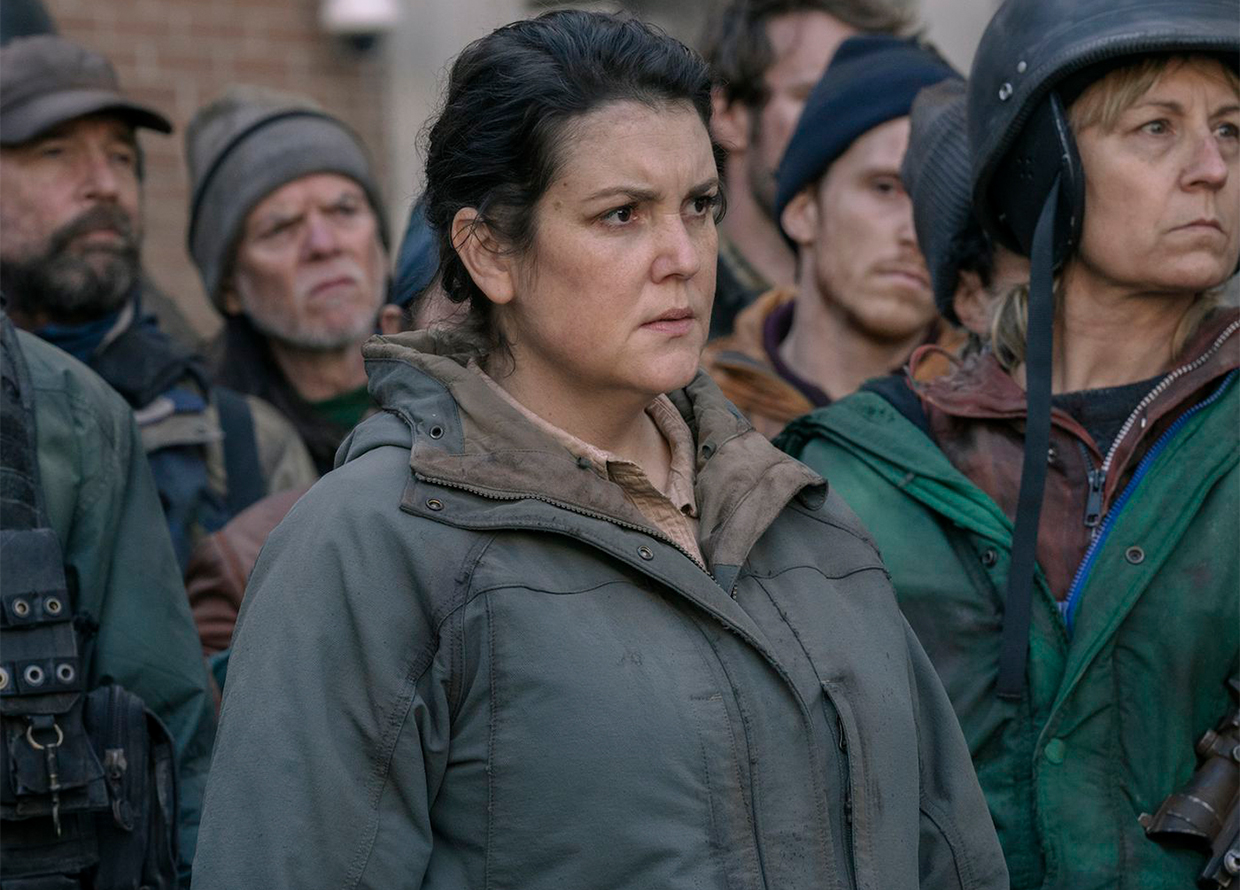Midpoint review of ‘The Last of Us’: Is the game adaptation worth the hype?
Look for the light

The Last of Us has been making waves since its premiere on 15 January on HBO and the buzz around it has only grown. In fact, Deadline reported that the latest episode scored its highest viewership yet with 7.5 million people tuning in and its previous episode recorded 6.4 million viewers despite competing with the 65th Annual Grammy Awards. It’s not only a hit with the audience but with critics who have given rave reviews of the show—it’s certified fresh on Rotten Tomatoes with a score of 97 per cent.

Of course, all the hype around the show is understandable. The series is based on the extremely popular PlayStation game of the same name that debuted in 2013 and was one of the best-selling games of the year. With its huge success, the game spawned a media franchise with the release of a comic book miniseries, a sequel game and two tabletop games in development. Safe to say, fans love the story of The Last of Us. With this huge cult following and a decade of anticipation, the TV show adaptation had (and still has) a lot to live up to.
As episode four aired on Monday, we are about halfway through the nine-episode show. All the positive reviews and buzz aside, is The Last of Us really worth watching? After viewing all the aired episodes so far, here are my thoughts on whether you should keep watching. Warning: spoilers ahead!
PLOT

The Last of Us is an adventure-horror survival drama that follows Joel, a hardened smuggler who is tasked with escorting a 14-year-old girl named Ellie, on a trek across post-apocalyptic America after the world is ravaged by an outbreak of mutant Cordyceps fungus. Even if you have zero pre-existing knowledge about the game, the premise of the show is still an interesting one. I’m already a sucker for zombie shows but it was clear to me that The Last of Us wasn’t going to be just any zombie show. For one, it’s not your typical shoot-bang-bang action thriller. Instead, it can get rather slow and introspective as we follow Joel and Ellie very closely. The zombies make an appearance every now and then but the plot doesn’t let that outshine the true stars of the show which are the humans. In fact, there wasn’t a single zombie appearance in the whole of episode four. But if I’m not saying that statement as a form of criticism—in a zombie series no less—then you know that the plot still holds up even without the ravenous creatures in the picture.

What also made The Last of Us game so popular was its complex storyline and rich worldbuilding. For showrunners Craig Mazin and Neil Druckmann (who is also the creator of the game), bringing the lore of the game to the small screen was going to be a difficult task as there are so many things to explain and introduce. However, I found that the pacing of the show was excellent so far and the exposition was done in a way that weaved naturally into the plot.
The start of the first episode has to be one of the best I’ve seen to pull viewers in and set the tone for the rest of the series. Opening on a set of a late-night talk show hardly seems like the most exciting place and yet, it allows for questions to be asked and answered without info-dumping on its audience. Viewers immediately understand the threat of Cordyceps possibly evolving and the destruction it would bring within five minutes of the show. The use of flashbacks to the time pre-outbreak, usually done at the beginning of the episodes, was also utilised well to give audiences nuggets of information and threads to pull on every now and then to connect the dots.
“Please Help!”/“He Ain’t Even Hurt”Side by Side HBO & Game ComparisonThe Last of Us Season 1, Episode 4#TheLastOfUs #TLOU #TheLastOfUsEp4 #TheLastOfUsHBO pic.twitter.com/KRPemGONxq
— Atom (@theatomreview) February 6, 2023
Fans also realised that, to their delight, the show stays very close to its source material. Some scenes even re-enact the same lines from the game verbatim and the exact mannerisms when compared side-by-side. While it’s great to see a TV show honour its source material in this way, I love how the showrunners aren’t afraid to deviate from it as well. As Mazin states in the podcast accompaniment to the series, “We want [viewers] to be as on the edge of their seats as possible—and that means surprising them repeatedly…If you’ve played the game a hundred times, I can assure you that you’re gonna be startled a lot between now and the end of the series.” And that, I was.
Some of the key plot deviations that happened were actually the best parts of the entire show. Namely, the happy ending that Bill and Frank got in episode three. The game was much more morbid but I loved that Mazin and Druckmann decided to let the two lovebirds win in this TV version.
So we all agree The Last of Us Ep 3 is probably one of the best episodes of television of all time, right?
— Johnny Stanton (@johnnystantoniv) January 31, 2023
Introducing the hive-mind mentality of the zombies to replace the airborne fungal spores (this was so that characters wouldn’t have to wear masks) may not be more realistic but it still raised the stakes and fear level several notches. Changes like that can often fail but because Mazin and Druckmann understand the characters so well, I’m still cautiously optimistic about the future creative liberties they’ll take.
VISUALS

Across the four episodes so far, the visuals for The Last of Us have been great. There is a distinct look to the show, especially with its focus on fungus overgrowth over the cities and on the zombies, which I think was translated very well for TV. The decrepit buildings and battered streets of post-apocalyptic America looked almost identical to the game as many fans were awestruck at the level of detail put into the show. Further, I absolutely love the look of the Cordyceps zombies because this is also what sets the show apart. Unlike other typical gory blood-frothing zombies, the ones in The Last of Us are more naturalistic, with mushrooms popping out of their skulls and thread-like fungi coming out of their mouths. If you didn’t know, there are several categories of zombies in The Last of Us. So far, we’ve seen runners, stalkers and clickers (that dreaded art museum scene) each with clear distinctions. The character designs are so well made and definitely worth an Emmy nomination. I won’t reveal too much about the other forms of infected but let’s just say, be very concerned about what’s underneath that moving pile of rubble in episode four…

As beloved characters in the game, many fans wanted the casting to be done right. Pedro Pascal fits the bill as Joel but it was Bella Ramsey that got the most flack as Ellie. Sure, she may not be a spitting image of Game Ellie but this version of her is still badass and fiery. If you’re whining about Ramsey not being attractive enough to play a literal 14-year-old girl (umm, so prepubescent minors have to be attractive to grown adults now?), I think you might have a Cordyceps brain mutation.
CHARACTERS

If you didn’t pick up on my fervent defense of them earlier, yes, Pascal and Ramsey are great as Joel and Ellie respectively. Pascal lends his natural charm and emotional side to make Joel a much more endearing character as gamers would only be used to his gruff and stoic side as a hardened survivor. I particularly liked his reaction in episode four when Ellie used a gun to save him. Instead of being angry in the game that she disobeyed his orders, Pascal’s Joel was much more emotional and even sad that a girl her age had to use a gun.

I personally feel Ramsey plays Ellie well because I’ve seen her acting in Game of Thrones as Lyanna Mormont. I thought she was a tad over-the-top in the first two episodes but by the third, she completely won me over. Underneath the sass and firecracker personality is a child-like innocence that Ramsey balances very well. Her chemistry with Pascal is also great which makes Joel and Ellie’s budding relationship that much more endearing.

The Last of Us also does a very good job of making me care about one-off characters. Bill and Frank are only in episode three but almost the entire episode was dedicated to them with Joel and Ellie making brief appearances at the beginning and end. I appreciate when showrunners are able to take the spotlight away from the protagonists to delve into the narratives of side characters, even when it doesn’t have an impact on the larger storyline. While it doesn’t move the plot forward, it makes us even more attached to the world as we realise it’s filled with real humans, not just characters sorted under the dichotomy of Good/Bad Guys. Even Bryan’s death in episode four was gut-wrenching to watch as the show humanised the person who was almost going to kill Joel—hardly the NPC you would normally shoot without qualms in a game.

The only character that was a letdown for me so far is Kathleen. I already found her out of place before I knew that she was a character invented for the show. Played by Melanie Lynskey, I thought her performance was a tad disappointing as she does not command any attention nor does she have the charisma to be a leader of a fearsome revolutionary movement. Granted, this could have been Mazin’s move to subvert expectations but I still think Lynskey was mediocre with a mediocre dialogue. This was the first time I was disappointed though which should not take away from the show as a whole. Since she is building up to be the main antagonist, I am holding out hope that my opinion will change as we progress into the story.
OVERALL
The Last of Us is easily the best game-to-TV adaptation (we won’t talk about The Witcher or the Halo series). I can feel the genuine love and admiration the team has for the game which has made it an enjoyable watch. There are still so many avenues to explore in the coming episodes such as Tommy’s disappearance, Joel and Ellie’s mission to Wyoming, Henry’s identity, and even scarier mutated Cordyceps lurking in the dark. My verdict? The Last of Us is worth the hype and you should definitely keep watching!
A new episode of The Last Of Us premieres every Monday on HBO GO and HBO (Astro Ch 411).
For more film and TV reads, head here.
| SHARE THE STORY | |
| Explore More |



